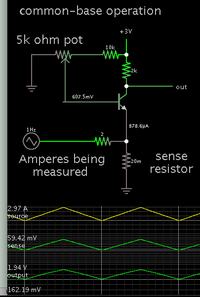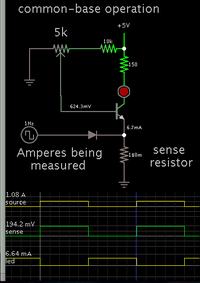aliyesami
Full Member level 6
l want to detect failure of power supply since as I mentioned earlier the LEDs could have been manually dimmed to zero light emission. If I check for LED current it would give me false reading .Reviewing your posts, I feel that a clear specification is still missing. You want to detect a) failure of the power supply b) LED failure
how can I find out the internal circuit working of this LDD driver ?its a sealed box.I said find out, not ask Meanwell.
in my sun server if any module goes bad including the power supply a warning led lights up.Any example?


